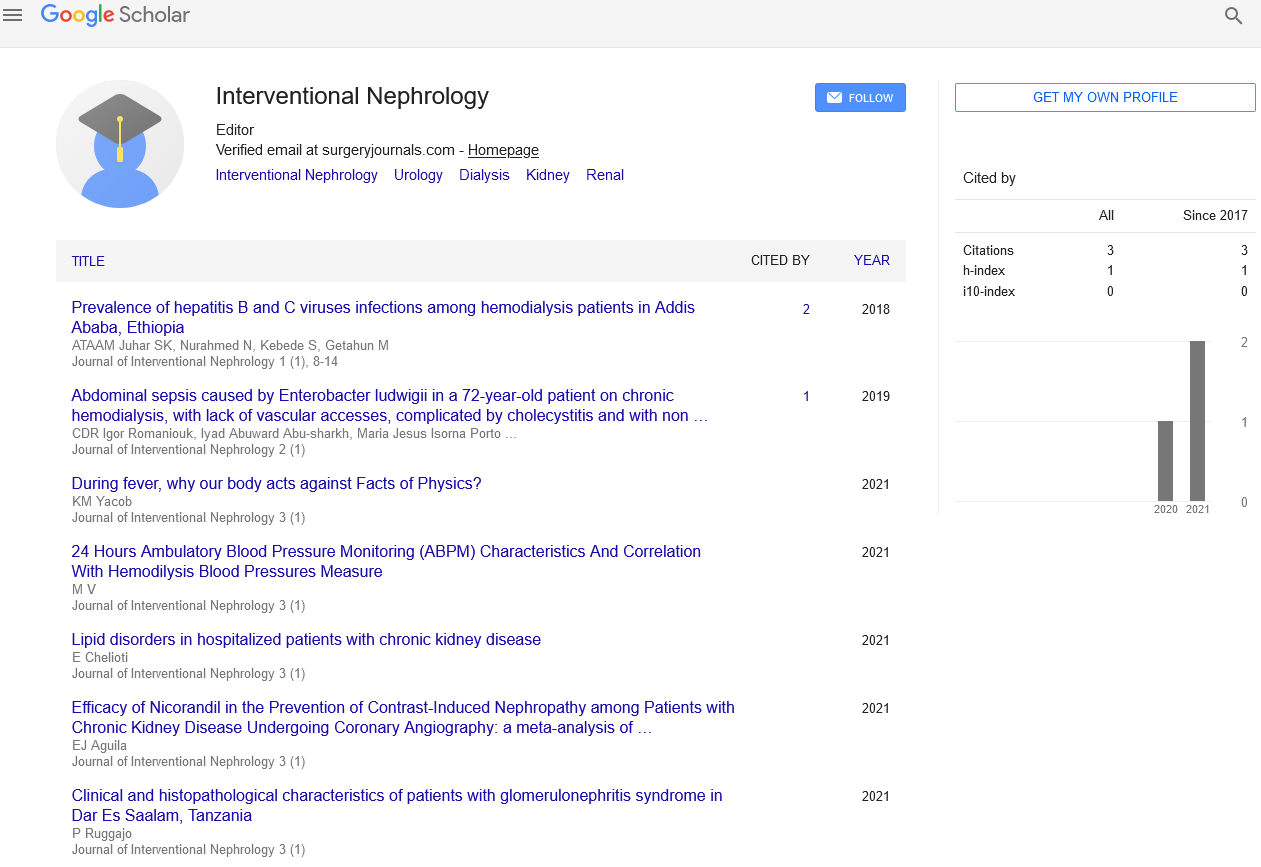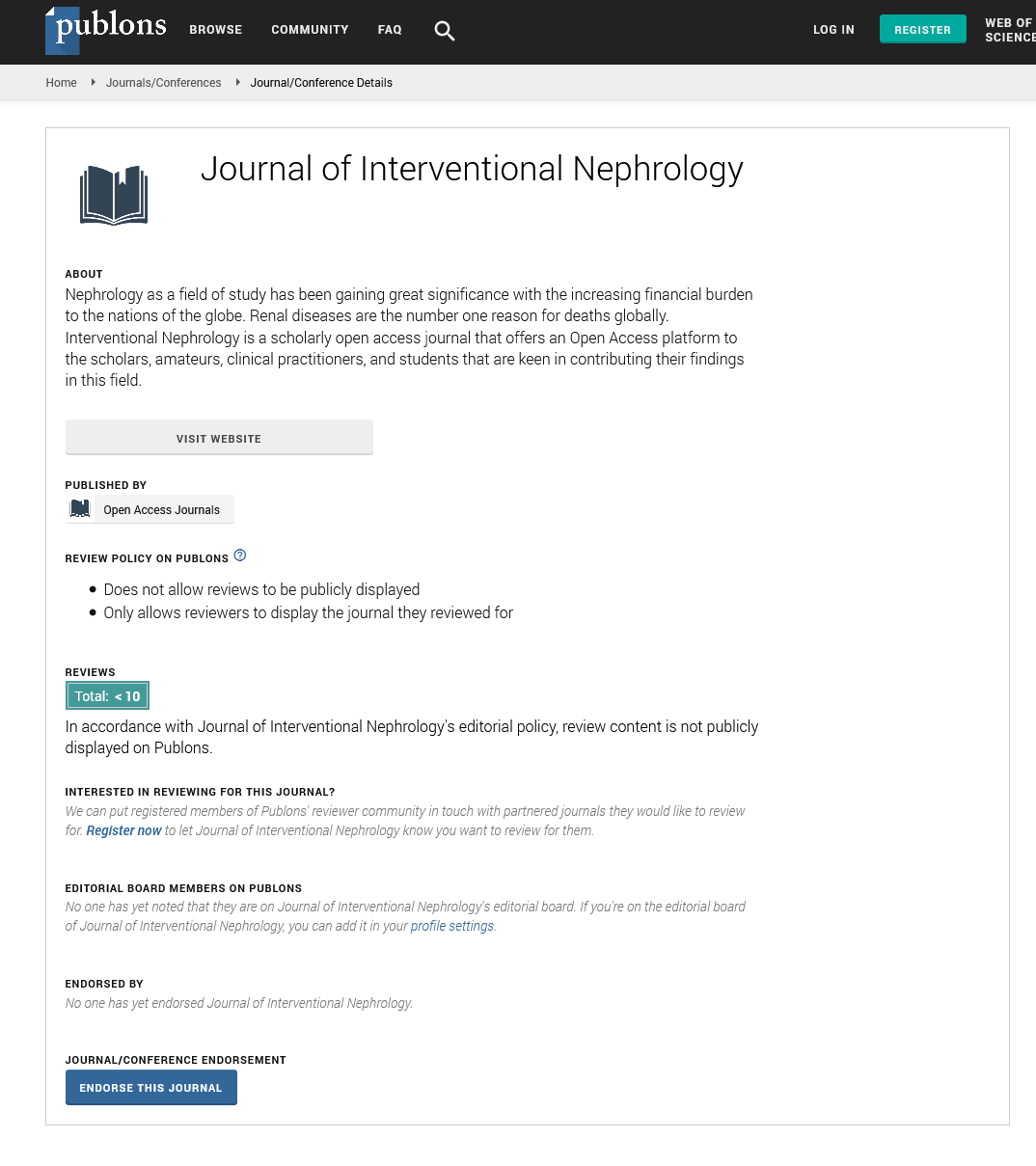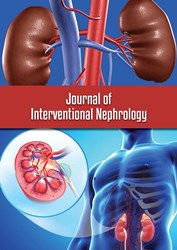Perspective - Journal of Interventional Nephrology (2024) Volume 7, Issue 4
Deciphering Renal Autoregulation: Balancing Blood Flow for Optimal Kidney Function
- Corresponding Author:
- Franz Saksena
Department of Nephrology, MVN University, Italy
E-mail: Franzs1234@edu.duc
Received: 20-May-2024, Manuscript No. OAIN-24-136463; Editor assigned: 22-May-2024, PreQC No. OAIN-24-136463 (PQ); Reviewed: 05-Jun-2024, QC No. OAIN-24-136463; Revised: 26-Jul-2024, Manuscript No. OAIN-24-136463 (R); Published: 05-Aug-2024, DOI: 10.47532/oain.2024.7(4).289-290
Introduction
Within the intricate network of the human body, the kidneys serve as vital regulators of fluid balance, electrolyte levels, and waste removal. Central to their function is the ability to maintain a stable and adequate blood flow to facilitate filtration and excretion processes. Renal autoregulation is the remarkable mechanism by which the kidneys adjust their vascular resistance to ensure a constant blood flow despite fluctuations in systemic blood pressure. In this article, we delve into the fascinating world of renal autoregulation, exploring its mechanisms, significance in health and disease, and clinical implications.
Description
Mechanisms of renal autoregulation
Renal autoregulation operates through two primary mechanisms: the myogenic response and Tubuloglomerular Feedback (TGF). The myogenic response involves the inherent ability of renal arterioles to constrict or dilate in response to changes in intravascular pressure. When systemic blood pressure increases, the smooth muscle cells of the afferent arterioles contract, reducing blood flow into the glomeruli and maintaining a stable filtration rate. Conversely, a decrease in blood pressure triggers arteriolar dilation, ensuring adequate renal perfusion.
Tubuloglomerular feedback operates at the level of the juxtaglomerular apparatus, where specialized cells in the distal convoluted tubule, known as macula densa cells, sense changes in tubular fluid composition. Increased sodium chloride delivery to the macula densa cells signals a feedback mechanism that leads to constriction of the afferent arterioles, thereby reducing glomerular filtration rate and preventing excessive sodium excretion. Conversely, decreased sodium chloride delivery results in arteriolar dilation and increased glomerular filtration.
Significance in health and disease
The ability of the kidneys to maintain stable blood flow through autoregulation is crucial for preserving Glomerular Filtration Rate (GFR) and renal function under varying physiological conditions. By ensuring a consistent delivery of blood to the glomeruli, renal autoregulation helps prevent fluctuations in GFR that could compromise renal function and systemic homeostasis. This mechanism is particularly important in situations where systemic blood pressure is subject to rapid changes, such as during exercise, postural changes, or alterations in sympathetic tone.
Disruption of renal autoregulation can occur in various pathological states, leading to impaired renal perfusion, decreased GFR, and renal dysfunction. Conditions such as hypertension, diabetes mellitus, and renal artery stenosis can compromise the ability of the kidneys to autoregulate, increasing susceptibility to ischemic injury and progressive renal damage. Understanding the mechanisms underlying renal autoregulation is therefore essential for elucidating the pathophysiology of these conditions and developing targeted therapeutic interventions.
Clinical implications and therapeutic targets
The concept of renal autoregulation has significant clinical implications for the management of hypertension, renal disease, and other cardiovascular conditions. Therapeutic strategies aimed at preserving or restoring renal autoregulatory mechanisms may help prevent or mitigate renal injury and progression of kidney disease. Pharmacological agents that target the renin-angiotensin-aldosterone system, such as Angiotensin-Converting Enzyme (ACE) inhibitors and Angiotensin Receptor Blockers (ARBs), have been shown to enhance renal autoregulation and reduce proteinuria in patients with chronic kidney disease.
In addition to pharmacological interventions, lifestyle modifications such as dietary sodium restriction, weight management, and regular exercise can also contribute to maintaining optimal renal autoregulation and blood pressure control. By promoting renal health and minimizing the risk of renal injury, these interventions play a crucial role in preserving kidney function and reducing the burden of kidney disease on individuals and healthcare systems alike.
Conclusion
Renal autoregulation represents a fundamental physiological mechanism that ensures the kidneys receive adequate blood flow and maintain optimal function under varying hemodynamic conditions. Through the coordinated interplay of myogenic and tubuloglomerular feedback mechanisms, the kidneys adjust vascular resistance to stabilize glomerular filtration and preserve renal perfusion. Understanding the intricacies of renal autoregulation is essential for elucidating the pathophysiology of renal disease and developing targeted therapeutic strategies to preserve kidney function and improve clinical outcomes. By harnessing the principles of renal autoregulation, we can strive to optimize renal health and enhance the quality of life for individuals with kidney disease.


